Study, work or travel in the UK. British
culture and life.


Visit the Champs Elysées in Paris
|
|
Study, work or travel in the UK. British
culture and life.
|
|
||
|
|
|
|
||
 |
||||
 |
||||
|
Visit the Champs Elysées in Paris
|
||||
|
Sections:
|
Introduction | |
| Champs Elysées | ||
| Arc de Triomphe | ||
| Place de l'Alma | ||
| Avenue Montaigne / Rue du Faubourg Saint Honore | ||
| Avenue Winston Churchill | ||
| Further information | ||
| Links |
|
INTRODUCTION
|
|
CHAMPS ELYSEES
|
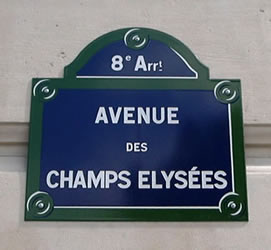 The Champs Elysees is a wide street ... |
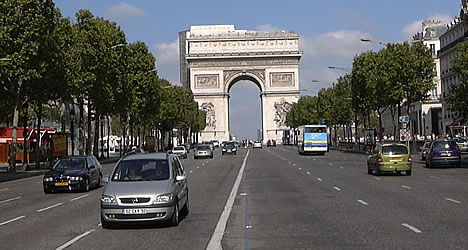 ... running between the Arc de Triomphe and Place de la Concorde |
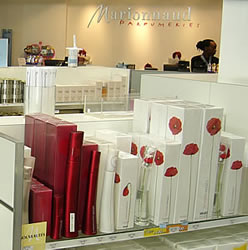 Marionnaud: a perfume/cosmetics shop |
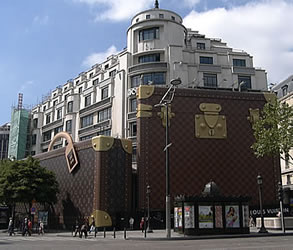 Louis Vuitton shop (while under refurbishment) |
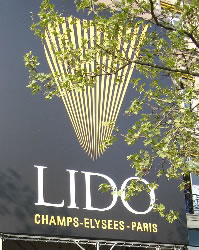 Lido: famous for its revue shows |
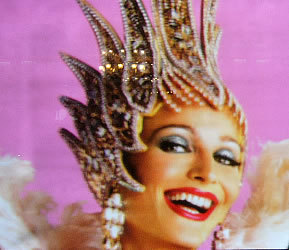 A dancer in the Lido show |
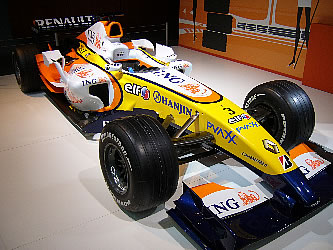 Formula 1 car in the Renault showroom |
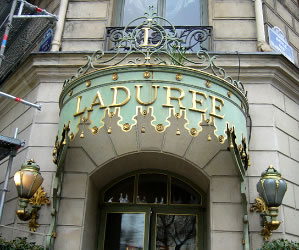 La Duree tearoom |
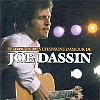 |
Les
Plus belles chansons d'amour de Joe Dassin (CD) [the most beautiful love songs of Joe Dassin, including "Les Champs-Elysees"] [click here to buy from Amazon France] Artist: Joe Dassin; Label: Sony; Date: June 2003 |
|
ARC DE TRIOMPHE
|
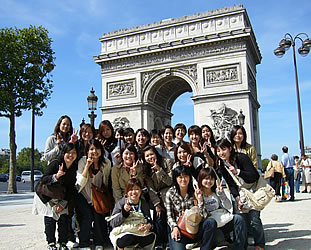 The Arc de Triomphe: the "arch of victory" |
 Frieze on the right side: volunteers leave to defend France |
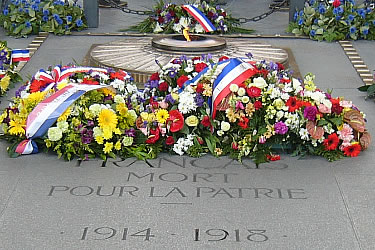 Tomb of the Unknown Soldier and the "eternal flame" |
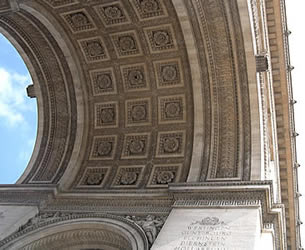 The ceiling of the arch is intricately designed |
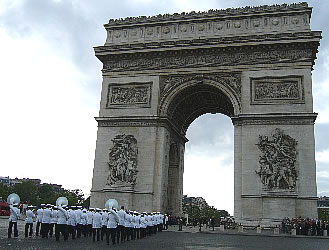 |
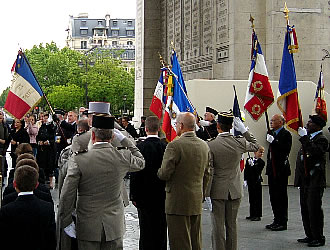 |
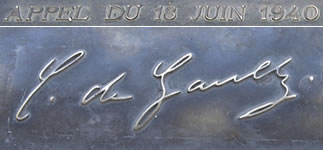 The signature of Charles de Gaulle, beneath his appeal to the French people to resist the occupation. |
|
PLACE DE L'ALMA
|
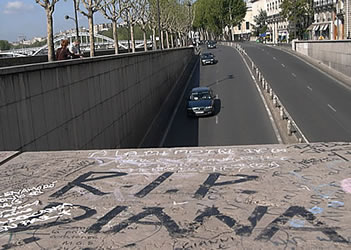 Diana and Dodi died while being driven in this underpass (the graffiti reads "RIP [rest in peace] Diana") |
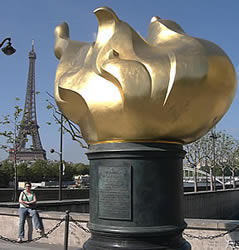 Flamme de la Liberte: now an unofficial shrine for Diana |
 |
Diana:
Her True Story - In Her Own Words Author: Andrew Morton Publisher: Michael O'Mara Books Date: August 2003 |
 |
A
Royal Duty Author: Paul Burrell Publisher: Michael Joseph Date: October 2003 |
|
AVENUE MONTAIGNE / RUE DU FAUBOURG SAINT HONORE
|
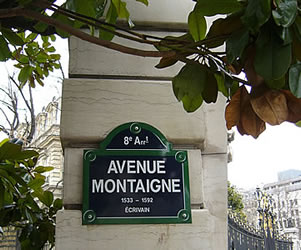 Avenue Montaigne is famous for its boutiques |
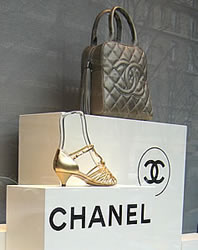 Chanel: fashion ... |
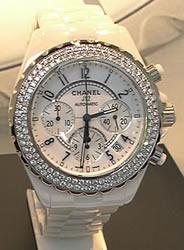 ... and jewellery |
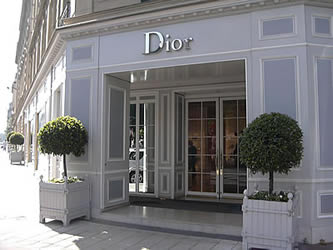 Dior |
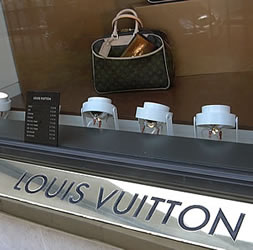 Louis Vuitton |
|
AVENUE WINSTON CHURCHILL
|
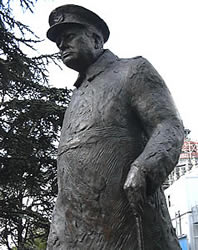 Winston Churchill's statue (on Avenue Winston Churchill, outside the Petit Palais) |
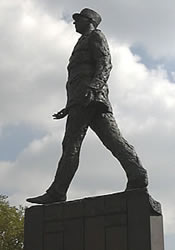 De Gaulle's statue (outside the entrance to the Champs Elysées Clemenceau metro) |
|
PLACE DE LA CONCORDE
|
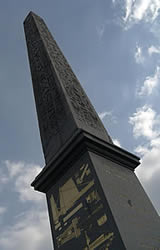 Obelisk of Luxor |
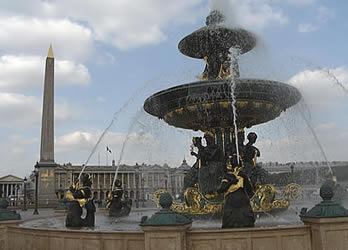 The fountain in Place de la Concorde |
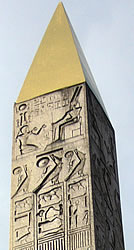 Top of the obelisk |
|
FURTHER INFORMATION
|
|
|
|